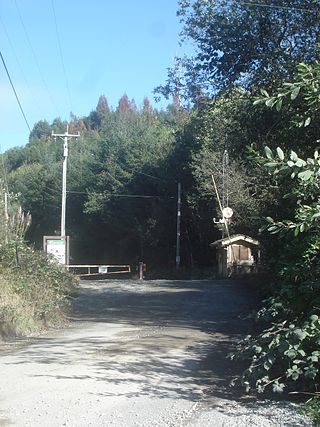
The second USS Buffalo was an auxiliary cruiser of the United States Navy, and later a destroyer tender.

USS Mississippi (CGN-40), a Virginia-class nuclear-powered guided-missile cruiser, was the fourth ship of the United States Navy named in honor of the 20th state admitted to the Union. Her keel was laid down by the Newport News Shipbuilding and Drydock Company at Newport News, Virginia, on 22 February 1975. She was launched on 31 July 1976. The ship was commissioned on 5 August 1978 by Jimmy Carter, then serving as the 39th president of the United States. Early deployment included escorting the carrier USS Nimitz (CVN-68). She also was deployed in 1989 as a response to the capture and subsequent murder of U.S. Marine Corps Colonel William R. Higgins by terrorists.
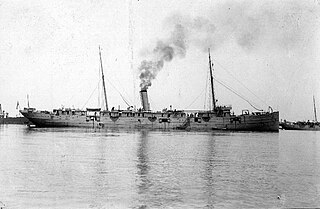
The first USS Yosemite was an auxiliary cruiser of the United States Navy. Built as El Sud in 1892 by Newport News Shipbuilding and Dry Dock Company, in Newport News, Virginia for the Southern Pacific Railroad's Morgan Line. The Navy acquired El Sud on 6 April 1898, at the beginning of the Spanish–American War and renamed her Yosemite. It commissioned her on 13 April 1898 under Commander William H. Emory.
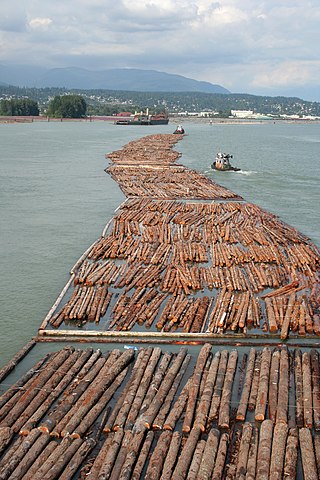
Timber rafting is a method of transporting felled tree trunks by tying them together to make rafts, which are then drifted or pulled downriver, or across a lake or other body of water. It is arguably, after log driving, the second cheapest means of transporting felled timber. Both methods may be referred to as timber floating. The tradition of timber rafting cultivated in Austria, the Czech Republic, Germany, Latvia, Poland and Spain was inscribed on UNESCO Representative List of the Intangible Cultural Heritage of Humanity in 2022

The Death Valley Railroad (DVRR) was a 3 ft narrow-gauge railroad that operated in California's Death Valley to carry borax with the route running from Ryan, California, and the mines at Lila C, both located just east of Death Valley National Park, to Death Valley Junction, a distance of approximately 20 miles (32 km).
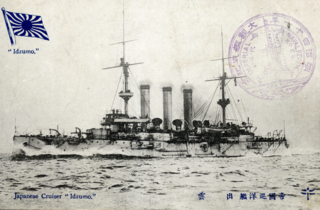
Izumo was the lead ship of her class of armored cruisers built for the Imperial Japanese Navy (IJN) in the late 1890s. As Japan lacked the industrial capacity to build such warships itself, the ship was built in Britain. She often served as a flagship and participated in most of the naval battles of the Russo-Japanese War of 1904–1905. The ship was lightly damaged during the Battle off Ulsan and the Battle of Tsushima. Izumo was ordered to protect Japanese citizens and interests in 1913 during the Mexican Revolution and was still there when World War I began in 1914.

Andrew Benoni Hammond was an American lumberman. He developed the Missoula Mercantile Co. He built the Bitterroot Valley Railroad and the Astoria & Columbia River Railroad. He was president of the Hammond Lumber Co. and the Hammond Steamship Co.

The first USS Du Pont was launched 30 March 1897 by Herreshoff Manufacturing Co., Bristol, R.I.; sponsored by Miss L. Converse; and commissioned 23 September 1897, Lieutenant Spencer S. Wood in command.

Samuel Spencer Johnson was an American businessman, legislator, and philanthropist in the state of Oregon. He owned saw mills and large tracts of timber land near the Metolius River, Black Butte, and Sisters, Oregon. He served seven terms in the Oregon House of Representatives; and along with his wife, founded the Samuel S. Johnson Foundation. He also served as mayor of Redmond, Oregon, from 1979 to 1984.
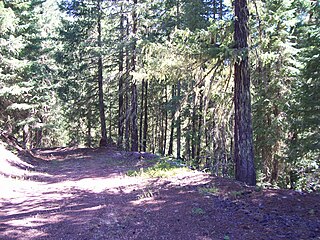
Oregon Pacific Railroad was a railroad in western Oregon, United States, from 1880 to 1894, when it was sold to the Oregon Central and Eastern Railroad. A substantial part of the Oregon Pacific's abandoned right-of-way is preserved as Oregon Pacific Railroad Linear Historic District.
Rockport is a former settlement in an unincorporated area of Mendocino County, California. It is located 7.25 miles (12 km) north-northwest of Westport, at an elevation of 30 feet.
USS Nina was a United States Navy steamer commissioned in 1866. She served in a variety of roles—as a tug, torpedo boat, torpedo boat tender, salvage ship, supply ship, and submarine tender—before she sank in a storm in 1910.

Acushnet – a steel-hulled revenue cutter – was launched on 16 May 1908 at Newport News, Virginia, by the Newport News Shipbuilding and Drydock Co.; sponsored by Miss Alayce Duff; and commissioned at Baltimore on 6 November 1908. She saw service as a United States Revenue Cutter Service cutter, a U.S. Navy fleet tug, and as a U.S. Coast Guard cutter. She was taken out of service 8 January 1946.

The Fort Bragg and Southeastern Railroad was formed by Atchison, Topeka and Santa Fe Railway as a consolidation of logging railways extending inland from Albion, California on the coast of Mendocino County. The railroad and its predecessors operated from August 1, 1885 to January 16, 1930. The line was merged into the regional Northwestern Pacific Railroad in 1907; but planned physical connection was never completed.
Southern Pacific Transportation Company formed the Oregon and Eureka Railroad Company in 1903 in an agreement to use logging railroads as part of a line connecting Humboldt County (California) sawmills with the national rail network. Northwestern Pacific Railroad offered service over the route from 1911 through 1933. The northern 6-mile (9.7 km) of the line remained in use as a Hammond Lumber Company logging branch until 1948.

Sue H. Elmore was a steamboat built for service on the coast of Oregon and southwest Washington. From 1900 to 1917, the vessel's principal route ran from Portland, Oregon down the Columbia River to Astoria, and then west across the Columbia Bar, then south along the Oregon coast to Tillamook Bay. Once at Tillamook Bay, Sue H. Elmore was one of the few vessels that could reach Tillamook City at the extreme southern edge of the mostly very shallow bay. After this Sue H. Elmore was sold, being operated briefly in Puget Sound under the name Bergen, and then for many years, out of San Diego, California as a tugboat under the name Cuyamaca. During World War II Cuyamaca was acquired by the U.S. Army which operated the vessel as ST-361. Afterwards the army sold ST-361 and the vessel returned to civilian ownership, again under the name Cuyamaca. In 1948 Cuyamaca sank in a harbor in Venezuela, but was raised and by the early 1950s, was owned by one A. W. Smith, of Pensacola, Florida. This vessel's former landing place in Tillamook, Oregon is now a municipal park named after the ship.

The Carson and Tahoe Lumber and Fluming Company (C&TL&F) was formed to move lumber from trees growing along the shore of Lake Tahoe to the silver mines of the Comstock Lode. Between 1872 and 1898 C&TL&F transferred 750 million board foot of lumber logged from 80,000 acres (32,000 ha) of virgin timberland.
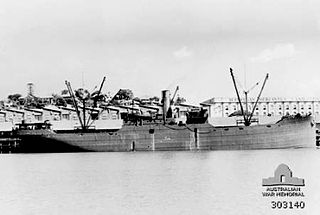
SS Coast Trader was built as the cargo ship SS Holyoke Bridge in 1920 by the Submarine Boat Company in Newark, New Jersey. The Coast Trader was torpedoed and sank 35 nautical miles southwest of Cape Flattery, off the Strait of Juan de Fuca in U.S. state of Washington by the Japanese submarine I-26. Survivors were rescued by schooner Virginia I and HMCS Edmundston. She rests on the ocean floor at.
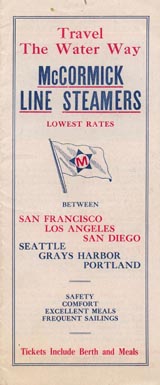
Charles R. McCormick Lumber Company was founded in 1908 by Charles R. McCormick in San Francisco, California. McCormick purchased a mill site in St. Helens, and formed the Helens Mill Company. To feed the mill McCormick's St. Helens Timber Company also purchased 4,000 acres of timber. In 1912 McCormick formed the St. Helens Lumber Company as parent company over Helens Mill Company and the St. Helens Timber Company. In 1912 McCormick expanded the company with a second sawmill, a creosoting plant and shipyard, the St. Helens shipyard. McCormick also expanded into San Diego, California with a railroad ties factory, to supply Santa Fe Railway and the mines of Utah, Arizona, New Mexico, and northern Mexico. At the San Diego site, he built a dock to unload his timbers. With the Great Depression slow down, McCormick closed dock at San Diego in April 1931.










